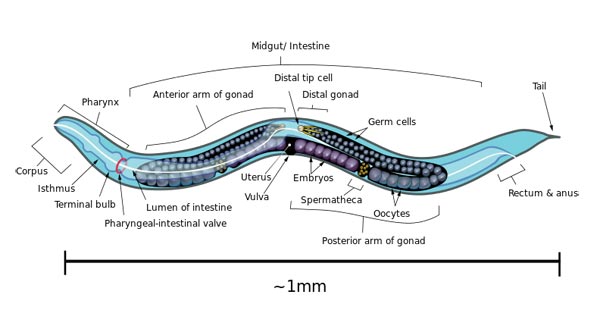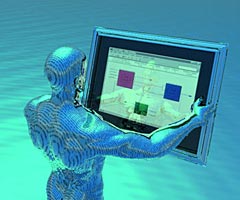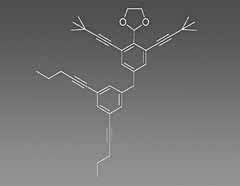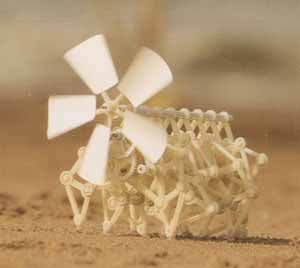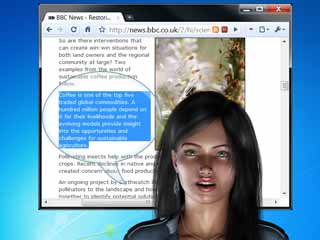Last update : May 25, 2021
Furbies were the first successful attempt to produce and sell domestically-aimed robots. They were launched in 1998. In April 2012, it was announced that Hasbro will be making a new line of Furbies, which was released in September 2012. The Furby 2012 was first launched in six colors, one month later four other colors were added. A second generation of six Furbies, with styleable tufts of hair on their heads, was relased in December 2012. Compared to the original Furby, the Furby 2012 has more expressive LCD eyes, a wider range of motions, its own iOS and Android app (to feed, care and control the Furby), and the ability to adapt its personality in reaction to user behavior.
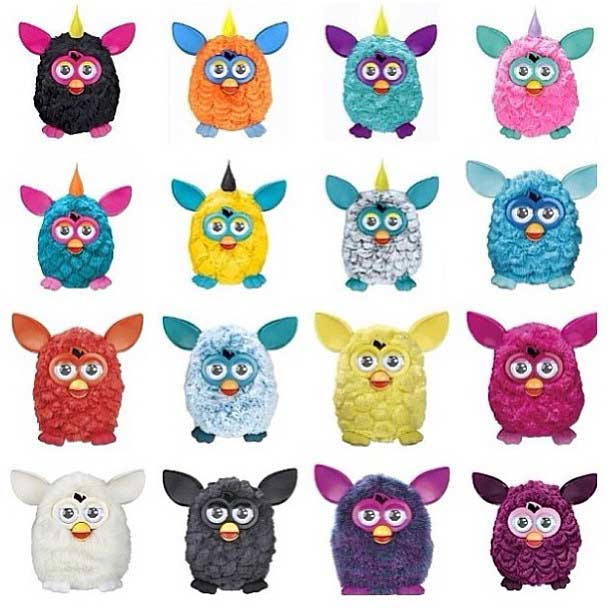
Furby 2012
The Furby 2012 has 6 personalities :
- Angry Personality : Furby will act grumpy and irritable. Get this by overfeeding.
- Diva Personality : Furby may turn into this personality if it listens to music for an extended period of time.
- Valley Girl Personality : Furby resembles a stereotypical teenage girl. Get this by talking for a long time.
- Cute Personality : Furby will act friendly and sing a lot. Get this by repeatedly petting it.
- Crazy Personality : Comedic and funny personality. Furby will often laugh like crazy over almost anything. Get by shaking and pulling tail.
- Default Personality : When you put the batteries in for the first time. To get it back, hold it upside down, hold the tongue, then hold the tail for a few seconds. Instead of flashing eyes, furby will reboot.
In February 2013 the Furby Party Rockers were launched. They can sing and chat with Furby 2012 and with other Party Rockers, have a new voice and can be used with the app’s for IOS and Android. They only speak Furbish. There are 4 rockers in the 1st generation (Fussby, Loveby, Twittby, Scoffby) and 2 rockers in the 2nd generation (Wittby and Nerdby).

Furby Party Rockers : Fussby, Twittby, Lovely, Scoffby, Wittby, Nerdby
In August 2013, the new Furby Boom was launched and became the No1 best seller this Christmas 2013. Furby Boom is packed with loads of new features and can be encouraged to lay eggs into your tablet, via the new iOS and Android app, which then grow to become a small virtual Furby (Furbling) that you can then feed, maintain and play games with, like the former Tamagotchis. By caring the Furbling you earn Furbucks to unlock other features and extras. Up to 50 eggs can be collected and will unlock a whole Furby Boom City.

Furby Boom : Blue Waves, Zigzag, Stripes, Polka Dots, Triangles, Peacock
The first species of Furbies (1998 – 2005) communicate with infrared ports. The Furbies 2012 and later use an audio protocol to communicate with other nearby Furbies and with the apps. Igor Afanasyev (iafan) from Moscow, Russia, analyzed and recreated this audio protocol to communicate with Furbies using a computer.
Links
- https://chapelierfou.org/blog/a-usb-furby.html
- https://github.com/paullouisageneau/usb_furby

